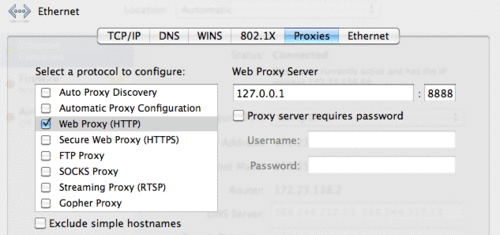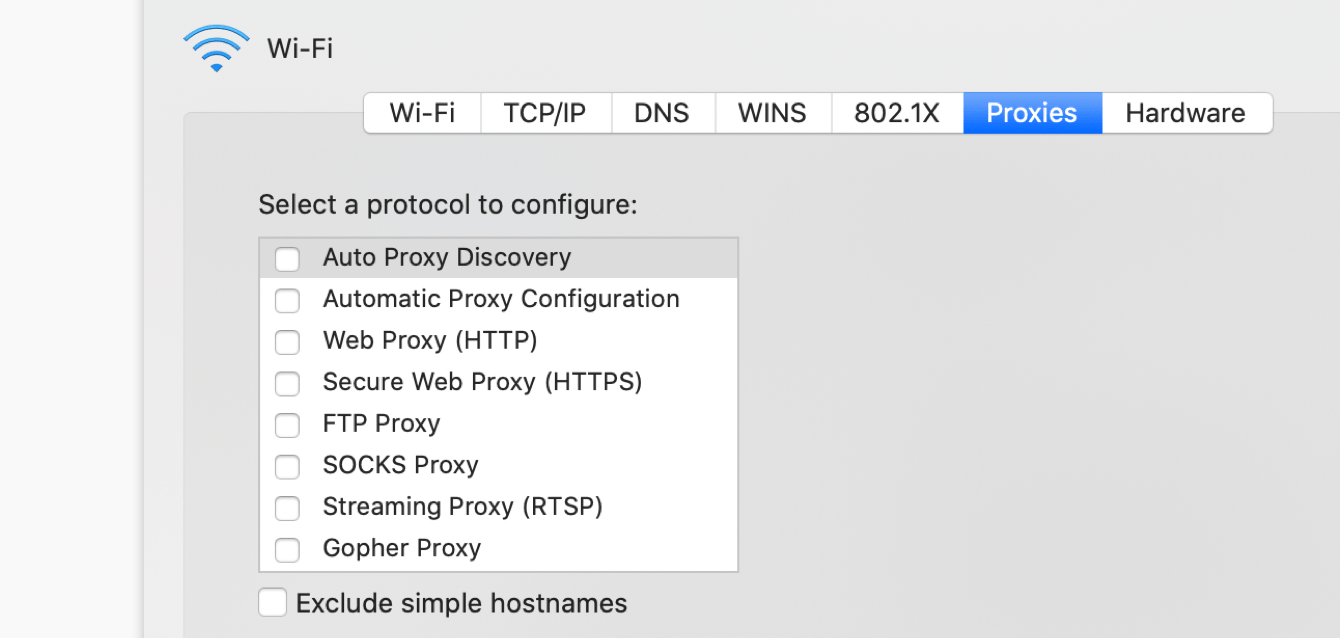

- #Proxy settings in chrome for mac to originate a request from california pro#
- #Proxy settings in chrome for mac to originate a request from california windows#
You should now see the certificate shown in the right-hand field ( Figure M). Right-click Trusted Root Certification Authorities and choose Import.Ĭlick Browse, then browse to and select the CA certificate you copied to this computer. Figure KĮxpand Public Key Policies ( Figure L). Provide a name for the Group Policy Object, such as CA Certificate, and click OK ( Figure K). Right-click your domain and choose Create A GPO In This Domain And Link It Here. Open Group Policy Management ( Figure J). Go to the Control Panel and open Administrative Tools.
#Proxy settings in chrome for mac to originate a request from california windows#
Utilizing Group Policy to configure Windows systems to trust your CAĬopy the certificate to your domain controller.

Chrome will trust the certificate if deployed in this manner. If you're using Active Directory, your best best is to use Group Policy so all systems in your organization will trust certificates from the CA. Adding the CA certificates as a trusted root authority to Chrome The certificate will be saved to the location you specified. Specify the filename (c:\CA_certificate.cer, for instance) and click Next, then click Finish. Leave DER Encoded Binary X.509 (.CER) checked and click Next. Figure HĬlick Copy To File, then click Next ( Figure I).

Figure GĬlick the Details tab ( Figure H). Figure FĬlick View Certificate ( Figure G). Right-click the server and choose Properties ( Figure F). Go to Control Panel and open the Administrative Tools folder.ĭouble-click Certification Authority ( Figure E). (If not, you'll need to research the details for your particular operating system.) If your CA runs Windows, follow the steps below.
#Proxy settings in chrome for mac to originate a request from california pro#
SEE: Hiring kit: IT audit director (Tech Pro Research) Obtain your CA certificateįirst, you need to get a copy of that SSL certificate from your CA in DER format. Steps listed here are accurate at the time of this writing, but future versions of these browsers may involve different menu options. Note: This article focuses on these two third-party browsers a future article will cover Internet Explorer/Microsoft Edge. That way, Chrome and Firefox will never prompt you again about accessing any site with a certificate from that CA. You can configure your system(s) to trust all certificates from a certificate authority by installing that system's SSL certificate as a trusted root certificate authority. However, while these tips for both browsers will let you get to the site, you'll have to do this for EVERY site for which your internal CA issued an SSL certificate.įortunately, there's a better way.

Clicking Confirm Security Exception will permit the access. Click Advanced, then Add Exception ( Figure D). The Firefox browser will display content resembling Figure C. Then you must click Proceed To to continue. This necessitates clicking Advanced ( Figure B). The Chrome web browser will show something similar to Figure A. However, if you use an untrusted internal certificate authority to generate SSL certificates for internal resources, you will be nagged by your browser when you attempt to connect. For an SSL certificate to work properly, the entity that issued the certificate (also known as a certificate authority) must also be trusted by the web browser, which involves installing the issuer certificate so the browser knows that issuer is valid and reliable.Ĭommonly used certificate authorities, such as Verisign, DigiCert, and Entrust, are automatically trusted by most browsers. Web browsers use Secure Sockets Layer (SSL) to encrypt traffic between client systems and server computers to protect confidential data such as social security information and credit card details.


 0 kommentar(er)
0 kommentar(er)
